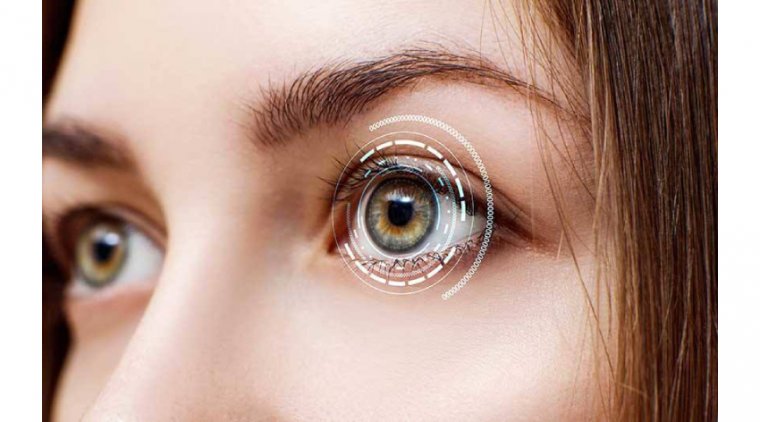
Pros and Cons of IOL Implantation
Intraocular lens (IOL) implantation is a surgical procedure in which a lens is implanted inside the eye to replace the natural lens. IOL implantation is usually performed to correct vision problems, such as nearsightedness, farsightedness, and astigmatism, or to replace a cloudy lens (cataract). There are several types of IOLs available, including standard IOLs, premium IOLs, and accommodating IOLs.
Pros of IOL implantation
● Improved vision: One of the main benefits of IOL implantation is improved vision. After surgery, most people experience a significant improvement in their vision, with some achieving 20/20 vision or better. This can greatly improve daily activities such as reading, driving, and watching television.
● No need for glasses or contacts: Many people who undergo IOL implantation are able to completely eliminate their need for glasses or contact lenses. This can be a major convenience and may also save money in the long run.
● Quick recovery: IOL implantation is generally a quick and straightforward procedure, with most people able to return to their normal activities within a few days. In addition, the recovery process is usually relatively painless, with only mild discomfort reported by most patients.
● Long-lasting results: IOLs are designed to be long-lasting, with most lasting for several decades before needing to be replaced. This means that the benefits of IOL implantation are likely to last for many years.
Cons of IOL implantation
● Risk of complications: As with any surgery, there is a risk of complications with IOL implantation, including infection, inflammation, and bleeding. In rare cases, the IOL may become dislocated or damaged, requiring additional surgery.
● Limited visual range: Standard IOLs can only correct for one distance, either near or far. This means that people who have IOLs may still need glasses or contact lenses for certain activities, such as reading or driving at night.
● Vision problems: In some cases, IOL implantation may result in vision problems such as glare, halos, or double vision. These issues may be temporary or permanent, and they may require additional treatment, such as glasses or further surgery.
● Cost: IOL implantation can be expensive, and it is generally not covered by insurance unless it is medically necessary, such as in the case of cataracts.
Are You a Good Candidate for IOL Implantation?
There are several factors that can determine whether you are a candidate for IOL implantation. These include:
Age: IOL implantation is typically recommended for people over the age of 50 who have cataracts or other conditions that affect the natural lens of the eye.
Health: In order to be a candidate for IOL implantation, you must be in good overall health. This is because the procedure requires general anesthesia and involves making an incision in the eye.
Vision: If you have vision that cannot be corrected with glasses or contact lenses, you may be a candidate for IOL implantation.
Lifestyle: If you are someone who is active and engaged in outdoor activities, you may be a good candidate for IOL implantation because these lenses are resistant to glare and can improve vision in bright light.
Expectations: It's important to have realistic expectations about the outcome of IOL implantation. While these lenses can significantly improve vision, they may not restore perfect vision.
Overall, IOL implantation can be a good option for people who want to improve their vision and reduce their dependence on glasses or contact lenses. However, it is important to carefully consider the potential risks and limitations of the procedure before making a decision.
(1).jpg)










